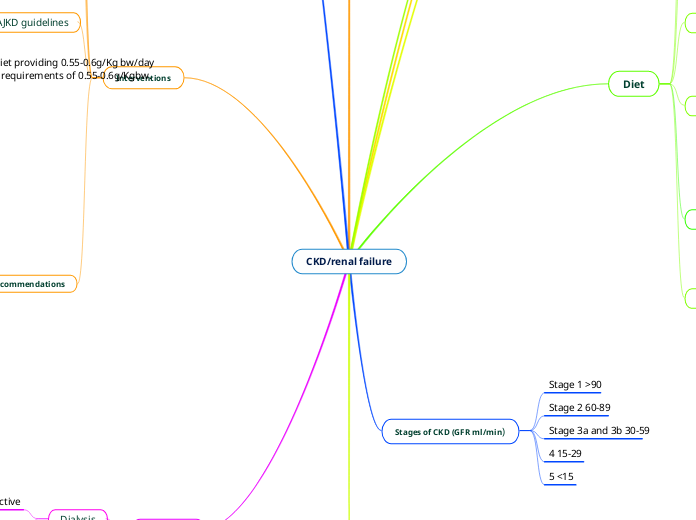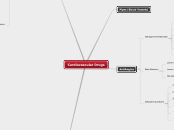av Courtney Rockwood för 7 årar sedan
1290
Potassium-sparing Diuretics
Potassium-sparing diuretics, such as spironolactone, function by blocking aldosterone in the distal tubule, leading to sodium excretion and potassium retention. This mechanism results in a diuretic effect that helps to reduce blood pressure, alleviate edema, and decrease pulmonary congestion, which in turn lessens the workload on the heart.









